If you’re a restaurant owner, you know that keeping up with the industry is crucial to maintaining steady profits. There are numerous benefits to implementing new food, beverage, and menu trends in your restaurant, such as being able to reach new customers, improving sales and profits, and adding variety to your gastronomical offer. In this article, we’ll tell you about the following:
- The different trends that will take over 2023 by storm
- Some innovative menu ideas you can implement in your restaurant to keep up with trends or create new ones
- And the steps you can follow to implement these ideas in the safest way possible
Trends can be an amazing way of promoting your restaurant, especially if paired with a proper marketing strategy that uses virality in social media. That can showcase your restaurant to numerous customers and put your business in the spotlight of a new or even improved trend. Let’s get started!
Trends in Restaurant Menus for 2023

First, let’s talk about some of the trends that are either new or that have been gaining popularity and proponents over the last few years. Implementing these correctly has benefited numerous businesses that were quick to adapt to a changing market under the right circumstances. That said, keep in mind that not all trends are viable for all businesses – we’ll go over different tips to help you pick the right one for yours later in this article.
1. Locally-Sourced and Sustainable Ingredients

This is a trend that became increasingly important and that will eventually become a norm as new generations take over. Not only does the use of locally-sourced ingredients make a strong case for better quality and lower costs (in some cases), but sustainability is vital in a world marked by weather changes and global warming. There’s also the fact that if you maintain a close relationship with your producers, you’ll be able to have more control over the products you receive. That’s why there’s been a rise in restaurants that double as butcheries and other kinds of stores to embrace sustainability and quality control. Those also allow restaurants to diversify revenue streams, form a community around them, and then offer complementary services that keep customers interested. Paired with the trend of zero-waste in food preparation, restaurants are now building havens for environmentally conscious customers who want to enjoy delicious food without this being a moral burden.
2. Global Cuisine and Fusion Dishes
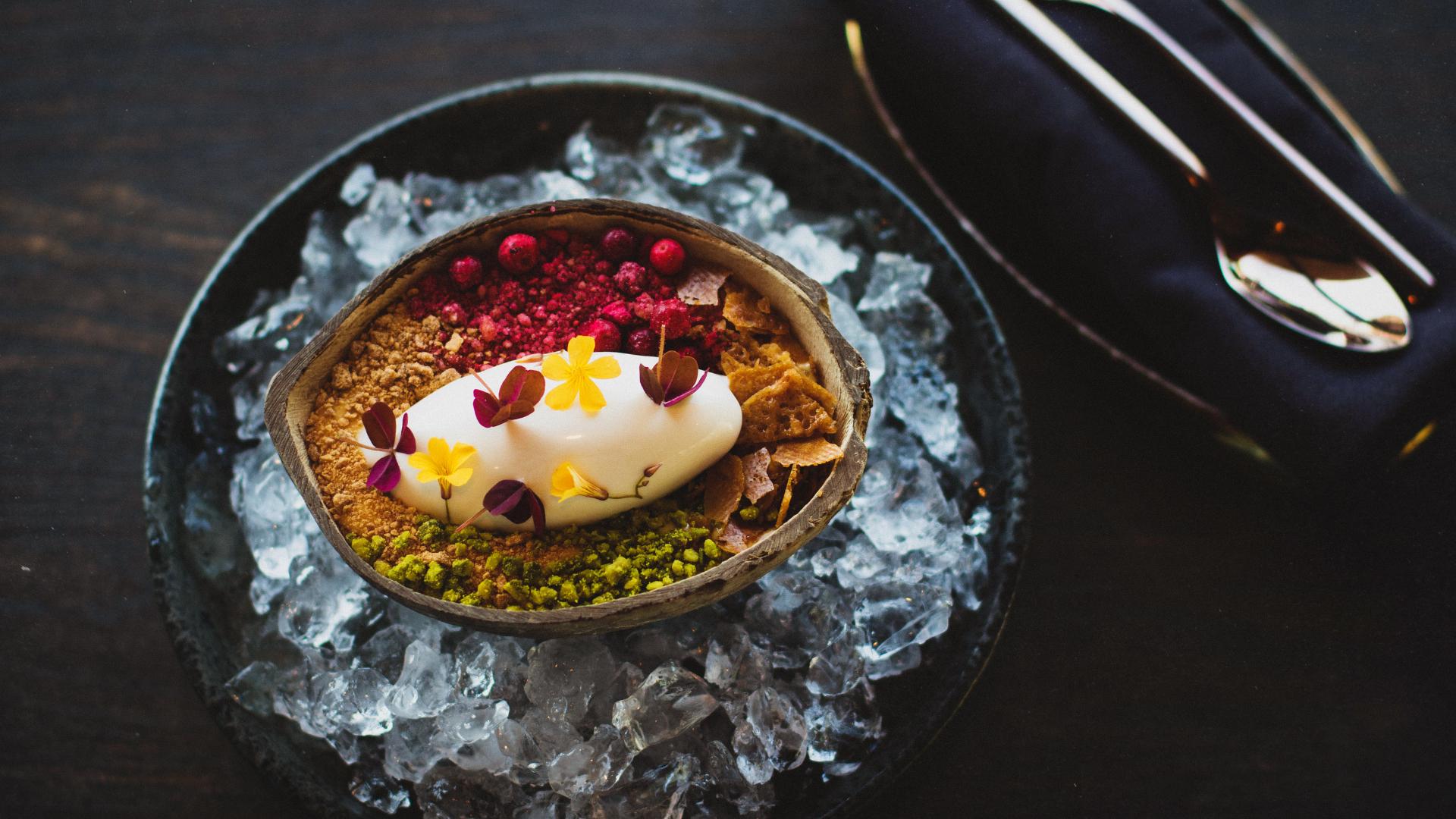
This trend is not new. Still, there are thousands of combinations and cultural exchanges yet to be made. Fortunately, with the help of globalization and the open-mindedness of chefs to collaborate, we’ve gained some of the most amazing fusion food. Japanese-Mexican food, Japanese-Italian food, Indian-Italian food, South-East Asian fusions, and more are some good examples. Other trending fusions are including more plates from African countries, particularly West African cuisines such as Nigerian and Ghanaian dishes. Without a doubt, we’ll be seeing more international exchanges and collaborations in the future.
3. Plant-Based and Vegan Options
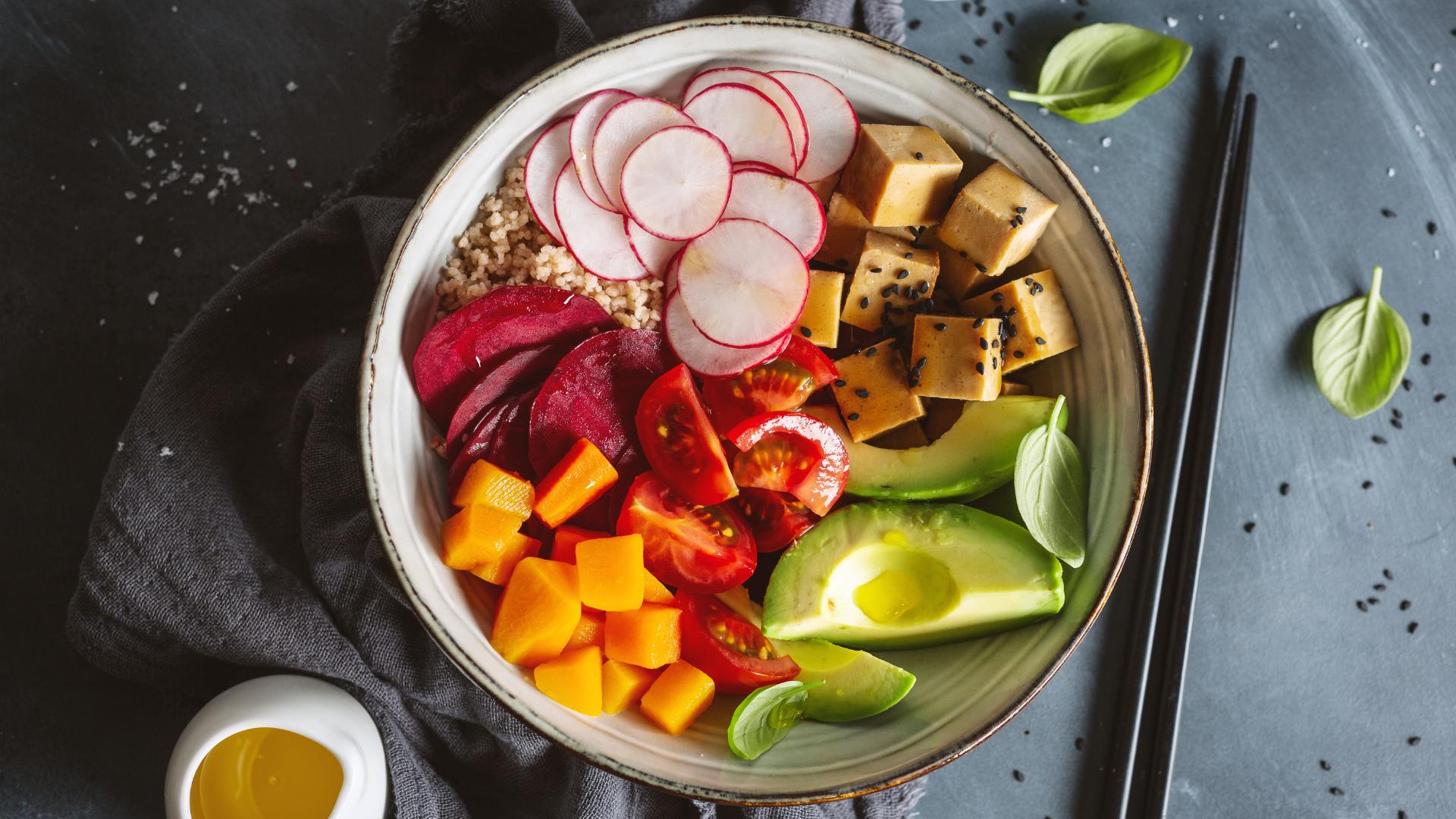
Even though plant-based vegan and vegetarian dishes have been on the rise in the last few years, there are still plenty of recipes to experiment with. Considering the different innovations in ingredients and faux animal products, there’s a steady stream of new recipes on the horizon. No-fish seafood, plant-based meats, vegan cheeses, plant-based eggs, and much more. These products have outstanding potential to create all vegan and vegetarian chains. And also, they’re influencing high-end cuisine and fine dining.
4. Diet, Nutrition-Based Menus, and Functional Foods
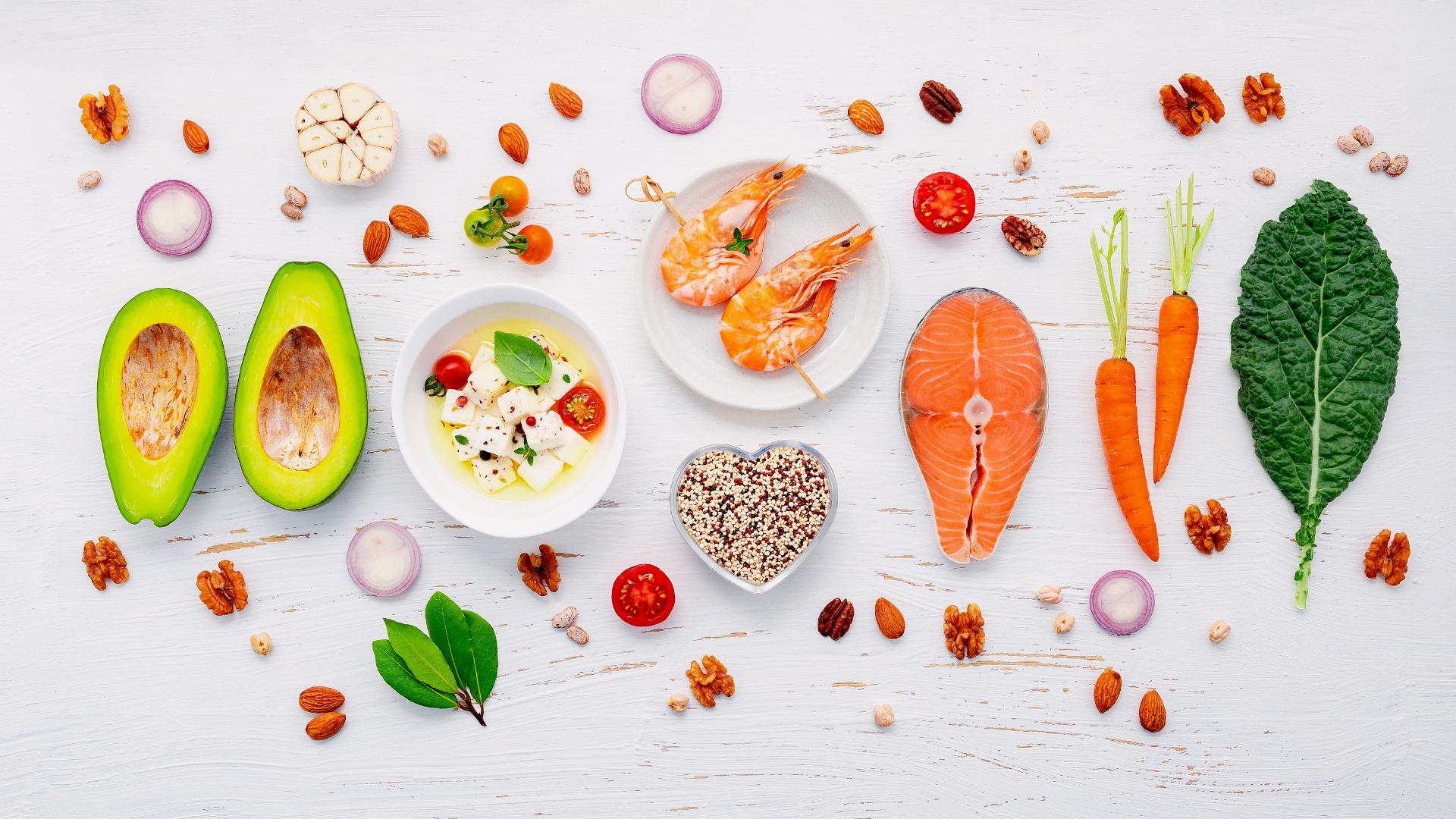
This category includes different types of diets. Some of the most common are:
- Ketogenic and low-carb non-keto diets
- Vegan diets
- Different types of vegetarian diets
- Carnivore diets
- Mediterranean diet
- Gluten-free and other health-associated diets
Also, this category includes menus based on nutrition (mostly macronutrients) tailored to the needs of individual customers. And finally, functional foods – preparations that are both delicious and beneficial to the body, without this being directly related to nutrition. For example, Safe + Fair notes that Kombucha, Kimchi, and other fermented foods are packed with probiotics, which can strengthen the immune system, among other benefits.
5. De-evolving Cuisine or Back-To-Basics Cuisine

Cuisine, like different aspects of human life, has become somewhat complex when compared to what it used to be years ago. That’s exactly what powers trends such as back-to-basic cuisine as well as comfort family/traditional food. The best part about this trend is that it’s replicable regardless of the concept of your restaurant because all food comes from tradition. To partake in this trend, all you have to do is prepare food most traditionally, with more traditional ingredients, and authenticity. This also affects the way food and the overall eating experience. That might mean changing your plating and presentation, or you must redesign the spaces and environment of your restaurant to maximize the traditional experience – or both!
6. Revolutionizing of Fine Dining
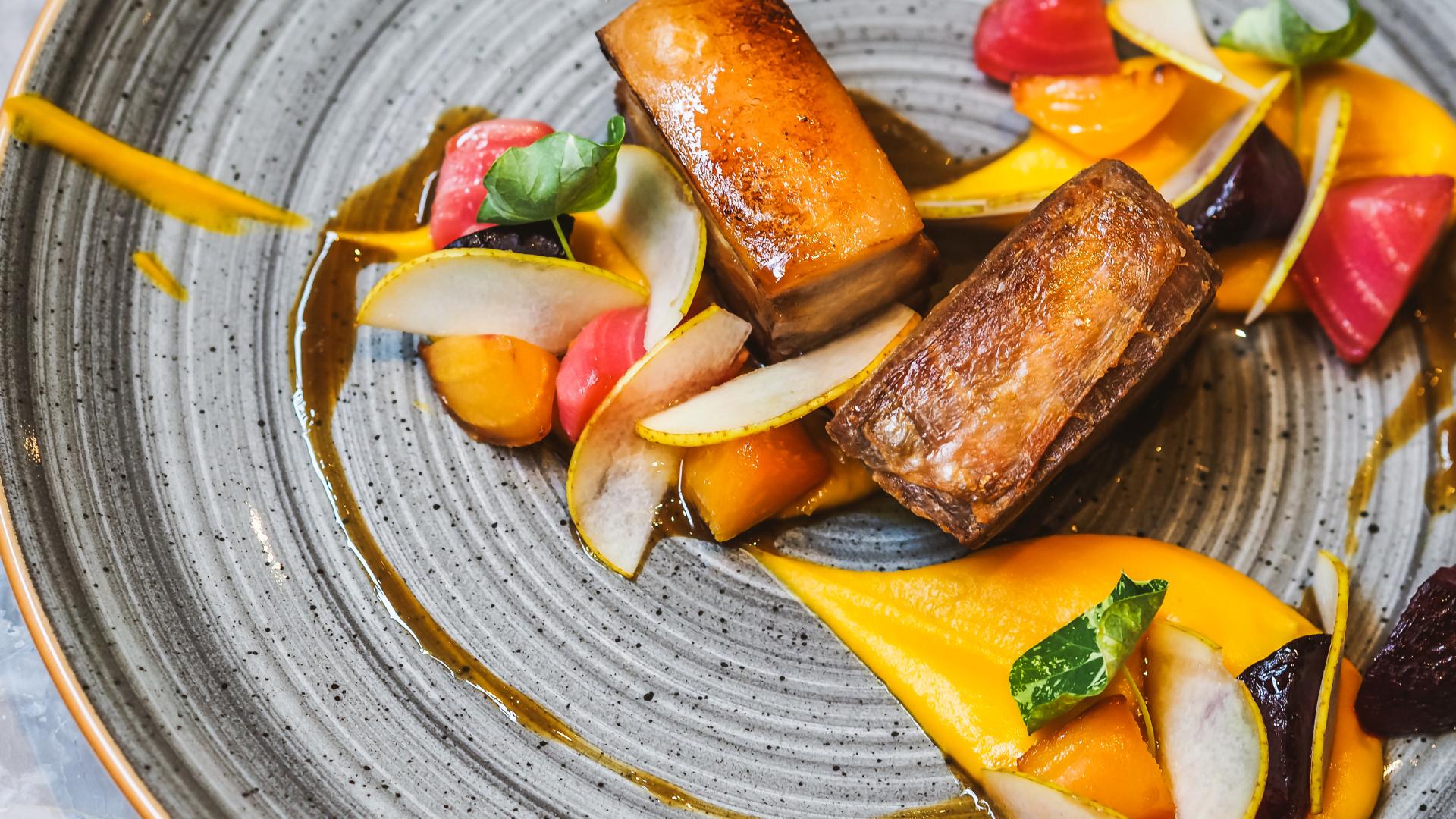
More and more people consider today that fine dining is not only not essential, but also that it doesn’t offer the same value as it used to. This doesn’t mean fine dining is dying – as a matter of fact, upper-class people still maintain a strong relationship with high-end dining. Still, for the rest of the people, fine dining has been replaced by casual dining because it offers a more acceptable value proposition. That means dishes that aren’t low-quality, with improved portion sizes and better prices.
7. Aesthetically Pleasing Environment Design and Plating
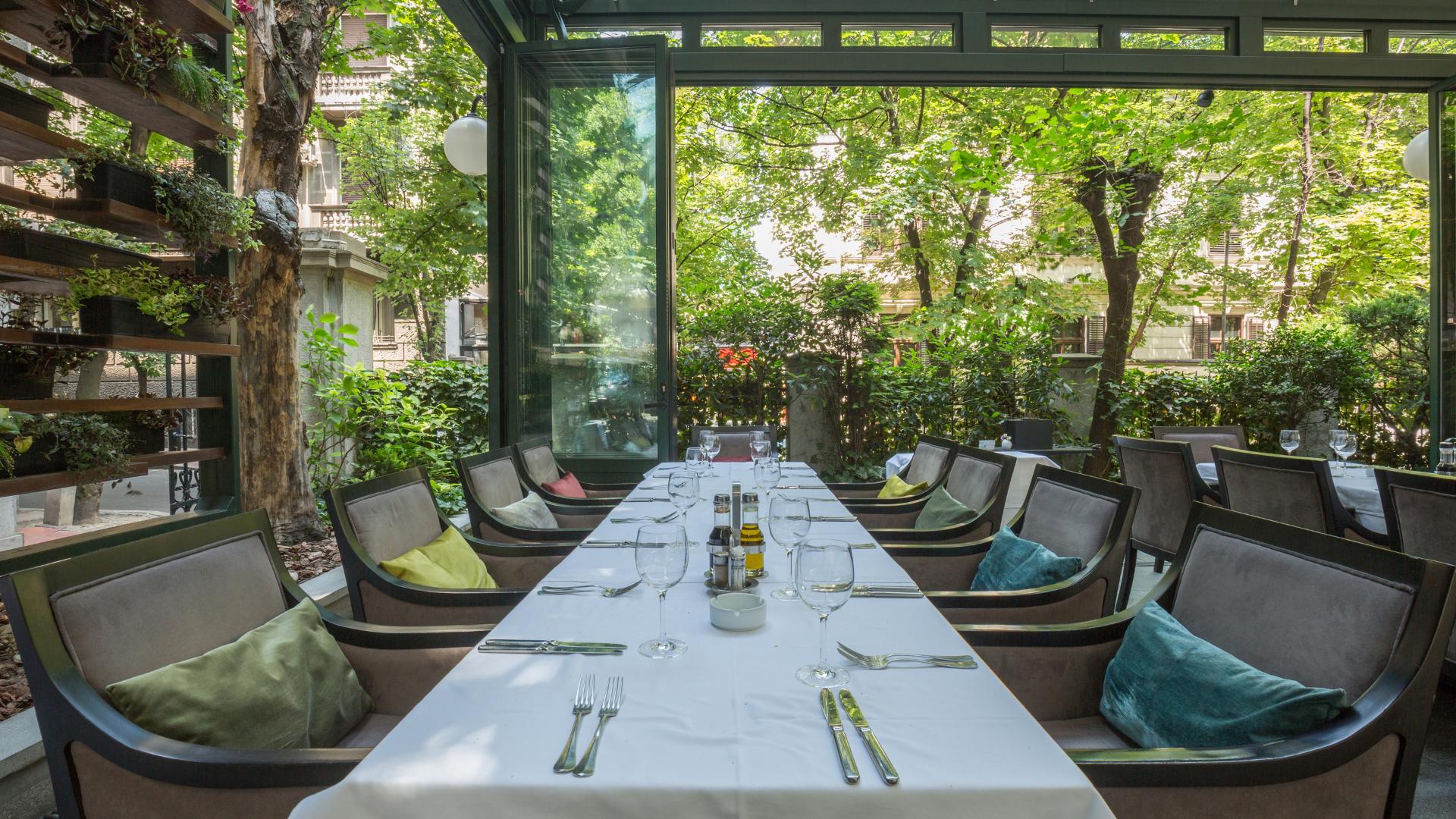
This trend also supports the previous one – casual dining restaurants have been embracing both aesthetically pleasing interior designs and better presentation practices for their dishes. That improves the wow factor of the dining experience regardless of the price per plate. Restaurants are simply investing more in the appearance of their venues, lighting, decoration, comfort, and more. They’re also improving the appearance of food, which is crucial in an era dominated by social media and virality. A single post, whether it’s UGC or part of your video content creation strategy, and your restaurant can boom with new clients and audiences overnight.
8. Small, High-Quality Menus
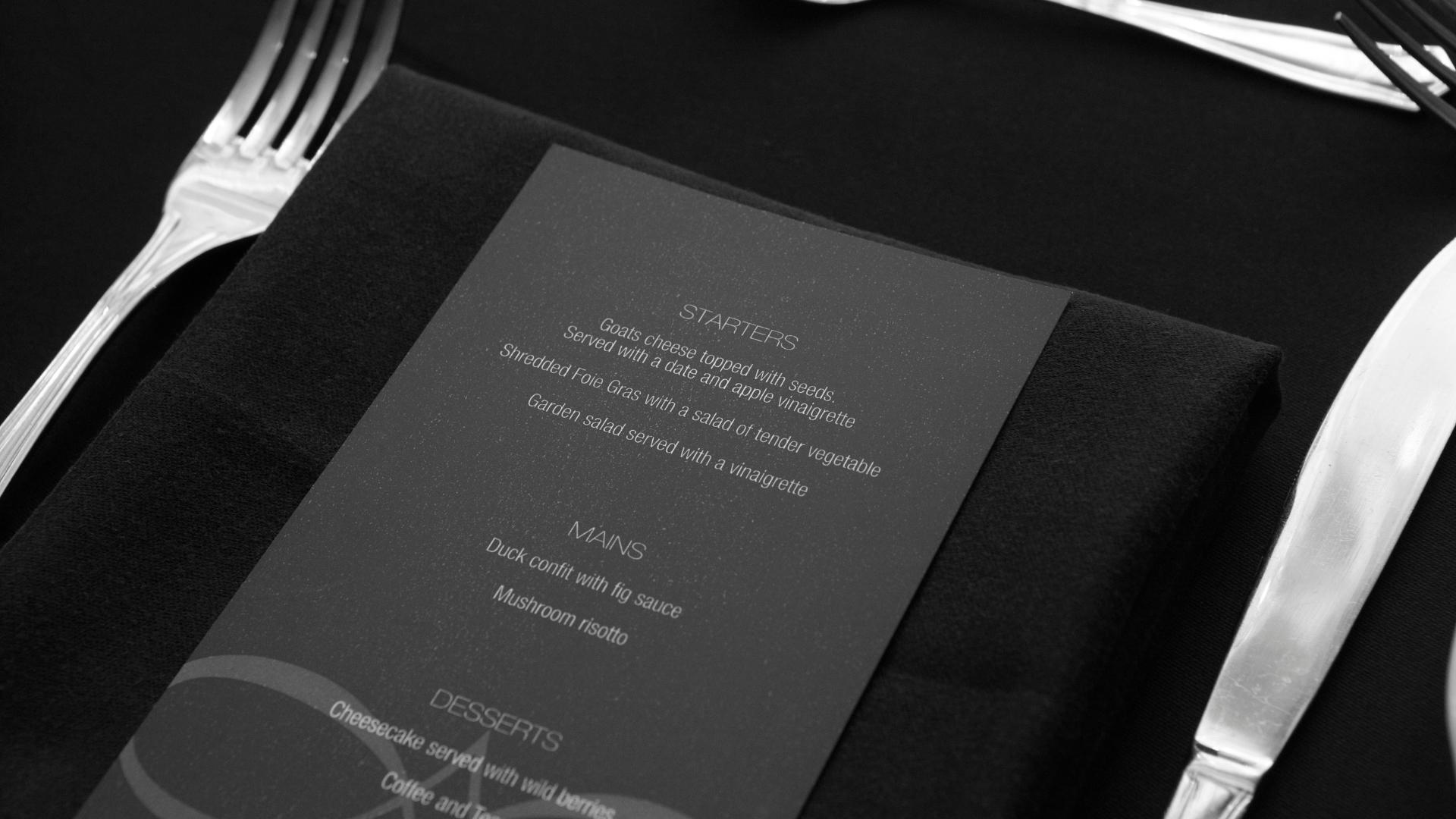
This is a trend that has been caused by several issues the restaurant industry has faced since the pandemic. Supply chain and staff issues, as well as the rising prices of staple ingredients, have caused menus to size down and restaurants to juggle their prices more often. Even though it might sound like a bad thing, this trend has advantages that can help your business in different ways. It can make your inventory management easier, improve process efficiency, lower prep time and production costs, and much more. Of course, it’s a good idea to apply this trend only if you can guarantee that the dishes will also provide more quality. Finally, this is an effective strategy to play around with the prices of your dishes so you can attract more customers.
Inspiration for Innovative Menu Ideas
All of the trends we’ve covered so far can be effective for your restaurant. However, if you want inspiration, here are some more suggestions you can apply to come up with innovative dishes, specials, or ideas to spice up your business. They are a little bit more basic, but the results you get from them are based entirely on your creativity.
1. Drawing Inspiration From Travel and Similar Experiences

Traveling is an incredible way to expand your culinary knowledge and repertoire. You can pick up recipes, techniques, ingredients, tools, and much more. The truth is that almost all culinary traditions can be mixed and experimented with to create delicious dishes and flavor combinations. Aside from traveling, here are a few things that can work too:
- Working in kitchens abroad: Hands-on experience learning straight from the source is much better than just trying out new foods.
- Studying foreign history and recipes: If hands-on experience and traveling are in the realm of delusional expectations, nothing can stop you from studying foreign cultures and recipes from the comfort of your home. You can do so by pairing history and recipe books – pairing these two types of books is the better way of understanding the full picture behind every dish.
- Internet, documentaries, and cooking shows: The amount of free content exploring and teaching about different culinary cultures and techniques is overwhelming. But, if you pick and stick to one, you can pick up skills and more to implement in your dishes.
- Courses: Finally, courses made by immigrant chefs can be just as good to learn as any of the ones mentioned before – you get a little bit of everything.
In the end, exploring other cultures can be some sort of culinary awakening that can lead your current restaurant to success, especially if you’re an experienced cook and know how to implement customer data before implementing changes.
2. Incorporating Seasonal Ingredients and Flavors
If you don’t want to explore different cultures, there’s a lot that can be done with what you have, especially if that changes seasonally. Local ingredients can be enough to satisfy the taste of local customers! If your country, state, or city is blessed with seasonal changes – or even local science-backed farmers producing off-season ingredients – your creativity is the only hurdle stopping you from exploring your options.
3. Experimenting With Unique Cooking Techniques and Presentation Styles

Finally, if everything else fails, but you’re a hands-on type of person who loves to figure things out, experimentation can be the method that works best for your business. Numerous businesses have reinvented the bicycle over the years with seemingly simple changes that make big differences. For example, french fries are a simple dish, but following specific steps to make them can change their quality immensely. Adding a small percentage of a different spice, meat cut, adding fermentation to the formula, a few more seconds in the oven, and more can revolutionize the same recipe. It’s all about testing, experimenting, and trying things out. Applying all of the previous tips along with this one will improve your results by a lot, too!
Implementing Innovative Menu Ideas in Your Restaurant

Implementing new menu ideas in your restaurant is a bit tricky – you can’t do it carelessly if you want to achieve the best results. But worry not because the steps you must follow are pretty straightforward.
- Study your restaurant: Studying your restaurant’s brand, target audience, concept, and more details about it can help you determine what are the most relevant and appropriate menu changes and trends to apply.
- Study your options: Once you’ve decided to innovate, you’ll realize that new recipes, skills, and techniques are almost unlimited. That’s why you must also consider the most affordable, practical, and convenient options (as long as it makes sense with the first step).
- Perfect the practical aspect: This includes training your staff in the new practices, dishes, skills, or procedures, redesigning or reorganizing your kitchen’s layout to improve efficiency, buying more equipment, and more.
- Applying and communicating menu changes to customers: Using effective marketing and staff training you can let your customers know about the new dishes. You must include your new dishes in your current marketing strategies as well as use menu engineering and upselling techniques to promote them.
These simple steps will help you get the best results from your new dishes. Keep in mind that you’ll also have to go through the common steps of changing your physical and digital menus, and adapting your POS system, website menu, and delivery options. If you’re using a versatile POS system like Waiterio, you can do all of these changes in the blink of an eye. Learn more about what Waiterio has to offer.




